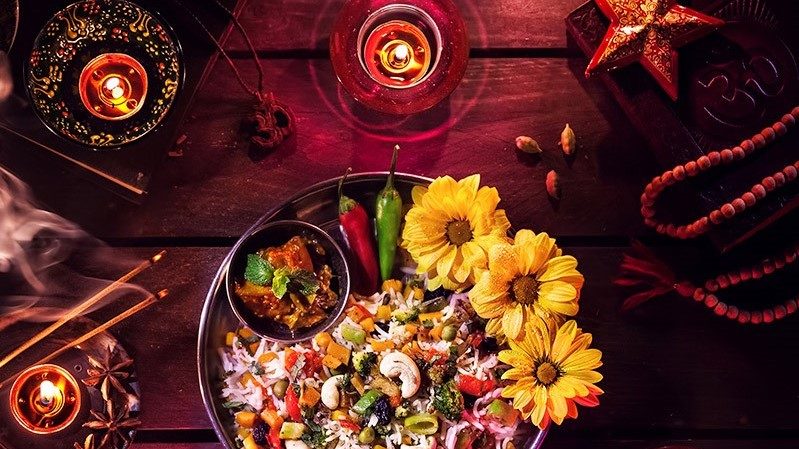Happy Deepavali 2019
The increased number of placard sales more than usual, hanging in front of the shelves of neatly-folded textiles and the appearance of beautifully-drawn kolam in almost every shopping mall could only mean one thing. It’s Deepavali!
It is also known as Diwali, Dipavali, Dewali, Deepawali or the Festival of Light. The date of Deepavali is determined according to the Hindu lunar calendar, and the date varies on the Gregorian calendar. In Malaysia, it is an official public holiday and generally celebrated in October or November every year.
What is Deepavali?
Deepavali or the Festival of Lights is celebrated to honour Ramachandra, the seventh avatar or incarnation of the god Vishnu. The Hindus believe that on this day Rama returned to his people after 14 years of exile. During that time, he fought and won the battle against the demon king, Ravana.
During his return, which was at night, the people lit clay lamps at all their houses, lighting his path as he marched victoriously to his throne. Some also believe that Deepavali is a celebration to honour Lakshmi, the Hindu goddess of prosperity. The people light their houses with lamp, hoping that the goddess will enter and bless them.
In the southern region of India, the celebration of Deepavali honours Krishna, a deity worshipped in Hinduism, who subdued Asura Naraka and freed the imprisoned inhabitants. The celebration of Deepavali may vary in different communities, but we can all agree that its significance and spiritual meaning is a symbolic display of the triumph of light over darkness.
Like many other celebrations in Malaysia, Deepavali is celebrated with much excitement by inviting family and friends of different races and religion for an ‘open house’, a common tradition that every Malaysian practises and revolves around food, of course.
During this colourful celebration, food is even more vivid and flavourful. Here are some of the delectable food that you must try during your visit to the open house.
1. Dhal curry
Dhal curry is a mild and nutritious curry made using lentils, tomatoes, chillies and spices. During Deepavali, there are some Hindus who abstain themselves from eating meat. So if your Indian friend happens to be a vegetarian, you will be lucky to find this served with dosai or rice during your visit.
2. Dosai
Dosai is considered as an Indian pancake, and the batter for dosai is made using fermented rice flour and ground lentils. The batter is spread out thinly on a hot plate or pan in a round shape and cooked until it is brown and crispy. Dosai are generally eaten with spicy chilli chutney, coconut chutney, dhal curry or sambhar.
3. Ghee ball
Ghee ball is one of the favourite Indian sweets served during Deepavali. Despite its pale look, do not be fooled as it is always sought after for its buttery taste. The ghee ball is made using mung beans, sugar, cashew nuts, ghee, butter and ground cardamom, giving the ball its tasty and aromatic flavour.
4. Ladoo
It is hard to resist these ball-shaped snacks but be warned that they are so sweet. They are made using flour, cashews, raisins, saffron and light flavour cardamom, and shaped into small balls for serving.
5. Murukku, of course!
There is no Deepavali without Murukku. You can find murukku in every Hindu household during the celebration. It is typically made from a mixture of back lentil and rice flour, salt, chilli, carom seeds, cumin and other spices. The batter is pressed out through a spiral or coil and fried to a crunchy crisp.
At foodpanda, we are fortunate to offer our valued customers with a wide selection of eateries that serve a variety of cuisine, Indian cuisine included. During this auspicious day, we would like to wish all of you a blessed and happy Deepavali and let us all celebrate this festivity the way we Malaysians have always do, with food on the table. Deepavali Valthukkal!
